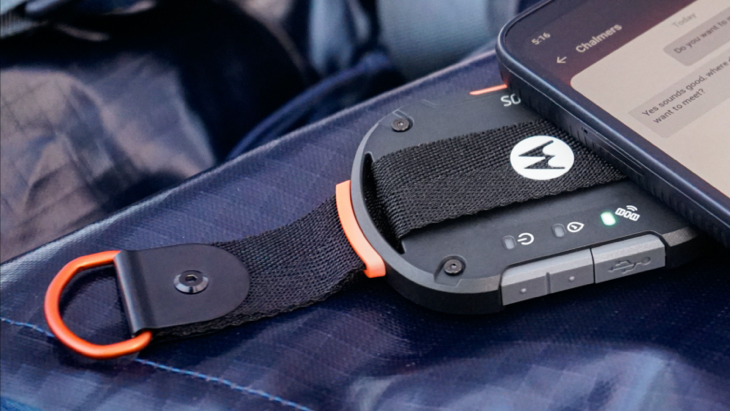Qualcomm’s satellite text messaging just became the next big Android phone feature

Qualcomm's satellite text messaging just became the next big Android phone feature
There’s a good chance your next Android phone will support Qualcomm’s two-way satellite text messaging service, as the chip maker has announced support from six major phone makers.
Qualcomm’s Snapdragon Satellite service is designed to let you text loved ones when you’re off-grid in remote locations that don’t have network coverage. And we’ve just learned that Honor, Motorola, Nothing, Oppo, Vivo and Xiaomi are all on board to develop phones that support it.
A notable absentee from that list is the world’s biggest Android phone brand, Samsung. That’s because Samsung has recently announced its own network modem that’ll allow two-way communication between phones and satellites. The Samsung Galaxy S23 was expected to support Qualcomm’s Snapdragon satellite tech, but it was curiously missing from that phone.
Now, though, the race is on to offer Android’s equivalent of the iPhone’s Emergency SOS feature. Unlike Apple’s system, Qualcomm’s tech uses the Iridium satellite network, and promises to be useful for more than just an emergencies on hiking trips – Qualcomm is suggesting that it can also be used for “recreation” in remote areas, and for getting in touch with family and friends when you have no signal.
It isn’t yet clear when we’ll see the first phones that support Qualcomm Snapdragon Satellite, but it shouldn’t be too long – Qualcomm says it’ll land on 5G devices with Snapdragon 8 or Snapdragon 4 chips, which means it’ll initially be restricted to premium and mid-tier phones.
Interestingly, Qualcomm also said that Snapdragon Satellite is coming to “other device categories in compute, automotive and IoT segments”, which means we can expect to see support for it in future laptops, cars and more, too.
Analysis: Lift-off for satellite text messaging

Satellite messaging has become one of the hottest themes of this week’s MWC 2023 show (which you can follow in our MWC 2023 live blog). And this Qualcomm announcement shows it’ll be one of the big features in your next Android phone – even if Samsung appears to be taking its own route.
Motorola had already stolen Qualcomm’s thunder last week by announcing the Motorola Defy 2, a rugged Android phone that delivers two-way satellite messaging using a different service called Bullitt Satellite Messenger. It also announced the Defy Satellite Link (pictured above), a Bluetooth fob that delivers the service to older Android phones and iPhones, too.
But while Qualcomm and Bullitt’s satellite messaging services broadly promise the same service – two-way messaging in remote areas – they’re based on different networks and work in different ways. While Qualcomm is promising that Snapdragon Satellite will “offer truly global coverage from pole to pole” (as long as you can see the open sky), Bullitt’s satellite coverage is a bit more limited.
Qualcomm’s service will also integrate with an Android phone’s SMS text messaging, rather than requiring a separate app. But what we don’t yet know is how much Snapdragon Satellite will cost. Bullitt Satellite Messenger gives us a ballpark figure, though: $4.99/£4.99 per month (around AU$9) for the ability to send 30 two-way messages, plus access to its SOS assistance service.
Both Qualcomm and Bullitt’s services are more versatile than Apple’s Emergency SOS, and we’re expecting to see the first Snapdragon Satellite Android phones land later this year. While satellite text messaging remains a relatively niche feature right now, It’ll be interesting to see how both Apple and Samsung respond.

